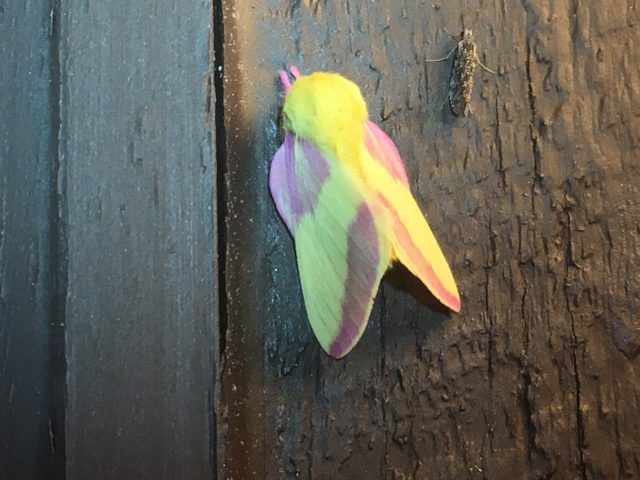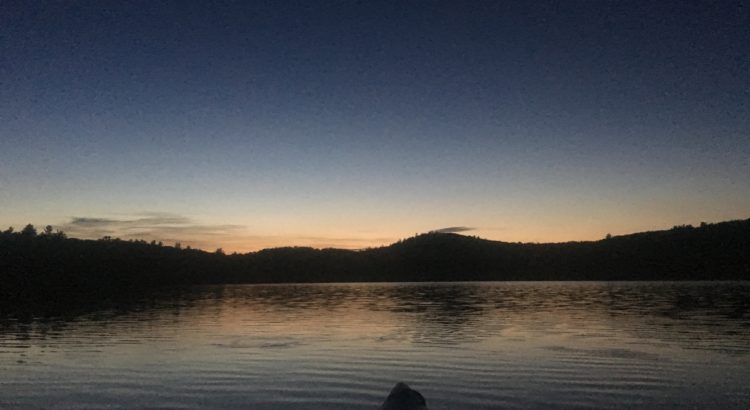Boasting 252 campsites and three beaches, my first impression of Greenfield State Park was that it must be New Hampshire’s camping metropolis. It is a sprawling old park of over 400 acres, a popular family weekend destination. Come holiday weekends, this park, with its impressive size and accommodations can reach full occupancy, though it remains hospitable to last minute walk-ins. There is a palpable feeling of personal attachment to this place amongst staff and visitors alike, many of whom have been coming to enjoy it’s wild spaces with several generations of relatives for decades. As a result, Greenfield is a park known for its laid back family vibe, and plenty of space to roam and relax.
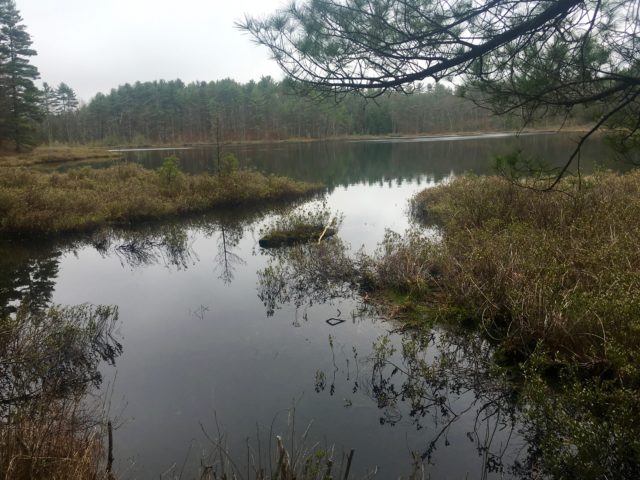
Greenfield’s most popular spots offer much to do for outdoor recreation. Fishers head to Hogback Pond, Beaver Pond, and Otter Lake for bass, bullhead, pickerel and perch. Boaters and paddlers cruise around Otter Lake. Dogs are welcome to walk around Hogback Pond, Mud Pond and the Hiking Trail. Children ride bikes all over the camp roads and trails. Beachgoers lay out on Otter Lake’s Campers Beach, Middle Beach, and Picnic Beach, where picnickers have their choice of over a dozen tables beneath a shady pine grove. The unique features of Greenfield’s kettle pond, Hogback Pond, intrigue children and nature-loving adults alike.
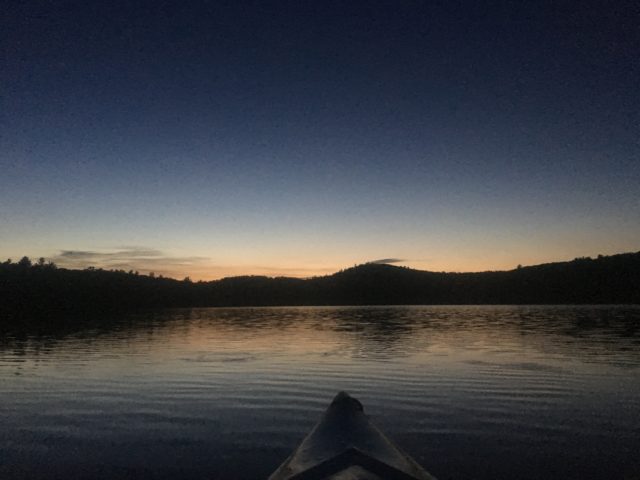
After three weeks of living and working here, there are still pockets of Greenfield I have yet to explore more than once. The rarely visited Mud Pond sits tucked discreetly off to the right of the main road. Scout Trail leads from left of the office parking lot to Spruce Swamp, a more rugged space where trees rise darkly from thick, bright brush.
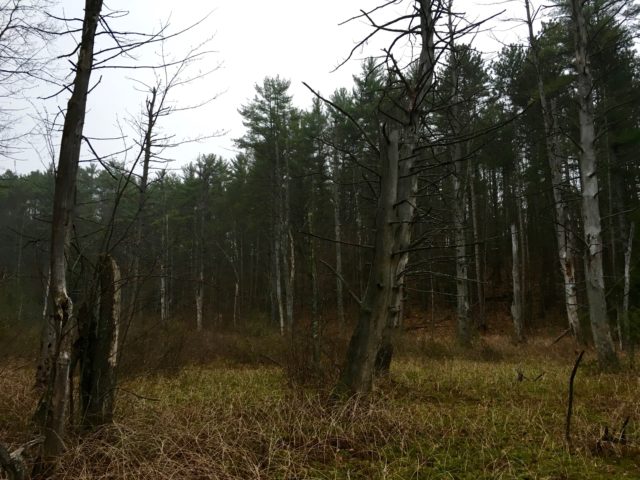
The places I know best are Hogback Pond, Beaver Pond and Otter Lake. These are the locations and destinations of some of my nature programs, James Pond: Underwater Agent, You Night As Well Hike, and Stargazing. In preparing and leading these programs, I have encountered plenty of wildlife, which brings me to what I find most astounding about Greenfield State Park. It is teeming with an incredible abundance of interesting flora and wildlife, seemingly unperturbed by the amount of guests who visit the park each day. It is truly a plant and animal lover’s paradise.

The park is famous for its plentiful high bush and low bush blueberries, so much so that some wonder why it isn’t called “Bluefield” instead. (Foraging is permitted, as long as enough of the edible plants are left for wildlife and for others to enjoy.) Wintergreen and sweet fern can also be found around the park. Those who have the time to forage and the patience to ferment the leaves in water for at least three days, will find that they combine to make an excellent, subtly sweet minty tea.
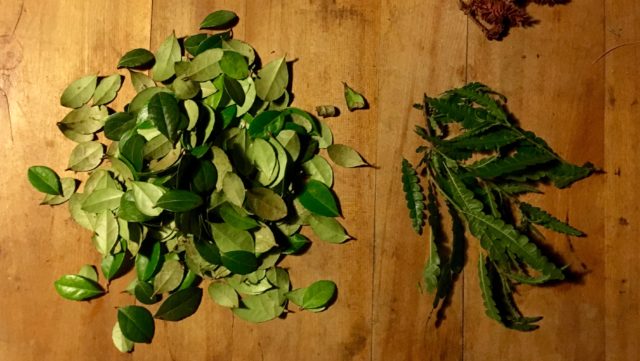
A loon couple lives on Otter Lake, known to tolerate a park visitor’s gaze. It is an otherworldly feeling to drift within eyesight of a loon, even if only to catch the animal’s still, dark shape through a pair of binoculars. Their tremolo calls and lonely wails can be heard across the lake almost every night.
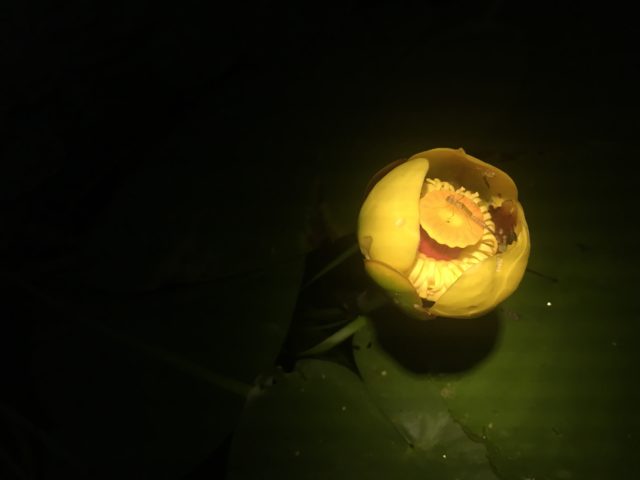
You may catch this large, tank-like snapping turtle lumbering like a small dinosaur across the sand between Beaver Pond and Campers Beach in the daytime. Here, it disappears into Otter Lake as quickly as it came.
Elizabeth, the park’s beloved—and endangered—killdeer, is successfully raising her babies around Middle Beach. As is often said about hatchlings of the precocial killdeer, they were born with their running shoes on. They can be seen racing around the day use beach parking lot, darting in and out of the growth on the lot’s edges. A great blue heron regularly makes an appearance over Otter Lake and Hogback and Beaver Ponds. Recently, I was lucky enough to see a nighttime train of baby wood thrushes cross the camp road, hopping clumsily, perhaps days away from learning to fly.
Of course, frogs abound, as frogs do. Bullfrogs moo and green frogs sound their chorus of “boinging” rubber bands and banjo strings intermittently throughout the day and night, never failing to entertain. They can be heard at any of Greenfield’s ponds and swampy, marshy areas. We also see the occasional water snake. The thing to do, if you see a water snake, is to refrain from picking it up, move slowly away from it, and warn swimmers to avoid the area until the snake has left. Water snakes are not venomous, though they do bite. It is best to avoid contact and observe from a distance. When left alone, they are most likely to swim away and take refuge somewhere else.
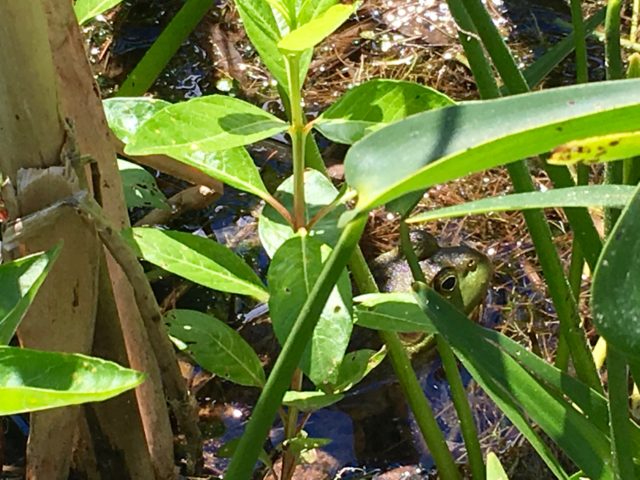
An evening hike around Hogback Pond is a good opportunity for a beaver sighting. There are a few lodges around the pond. Often, I fail to notice a lodge until I hear the startling CRACK-SPLASH of a beaver whacking its tail on the pond’s surface, warning its family of my presence.
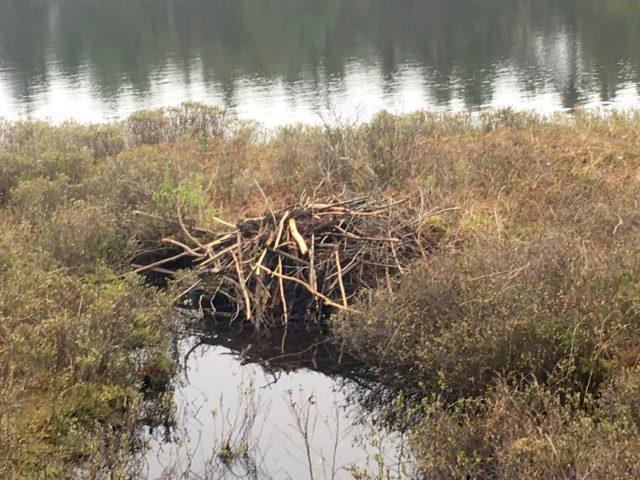
So far, the marsh on either side of the road near the beach parking lots is my favorite spot. I love the nighttime sounds of boggy marshes, and this is the best place in the park to witness a show of fireflies around dusk. I recommend watching the sun set on Otter Lake until the planets come out—Jupiter, Mars and Saturn are the first objects to appear in the sky and are visible until August. Then, visit the patch of marsh by the beach parking lots to watch the bioluminescent display as the night sky unfurls into a brightly dotted blanket of stars. As the hours grow later in the midst of mating season, you may even hear the chilling scream of a red fox!
More than just a place to camp, boat and swim, Greenfield is a place of wild personalities, home to plants and animals that turn a routine weekend nature getaway into a true outdoors experience. In the coming months, I look forward to exploring the park more, getting to know its wildlife, foraging lightly, and continuing my adventures on and around its trails, ponds, lakes and woods. Feel free to come join me at one of my nature programs, I have many things to show you.
